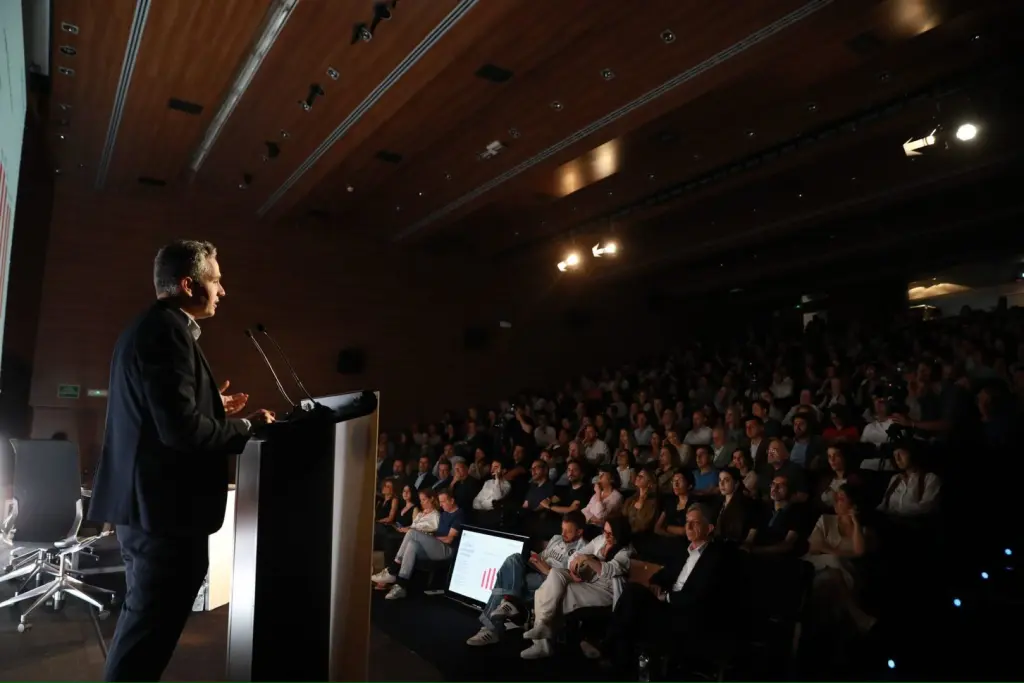Driving technology to serve people
At Mobile World Capital Barcelona we promote the digital development of society through the humanistic use of technology to build a more inclusive, equitable and, therefore, more sustainable future.
It’s not who we are, it’s what we do

Mobile World Capital Barcelona wants to be a global reference to build a more sustainable future through the humanistic use of technology. The Foundation maximizes MWC’s legacy by promoting initiatives in the fields of technology transfer, promotion of digital talent, development of innovative technological projects to impact society and the generation and distribution of knowledge.
Technology Transfer
We support scientific and deep tech projects in their transition from the lab to the market, through our own technology transfer methodology. We occupy a unique space in Europe within the ecosystem of initiatives to help and support the creation of scientific spin-offs.
Tech4Good
We promote projects that are based on digital technologies and have the vocation to improve society and industrial processes. With this objective in mind, a methodology based on these four main areas of work is applied: Lab, Digital Services, Engagement with Civil Society and Observatory.
MWCapital in numbers
Impulse
+300
high-potential local and European companies boosted
Development
+30
pilot projects in key fields such as healthcare, social assistance, retail or urban planning
Alliances
+500
agreements with institutions with recognized global and local stakeholders
Training
+1500
jobs created in the field of IT and the preparation and publication of up to 50 reports.
Latest news
Stay up to date about everything
Subscribe to stay up to date with the latest content from Mobile World Capital Barcelona.













